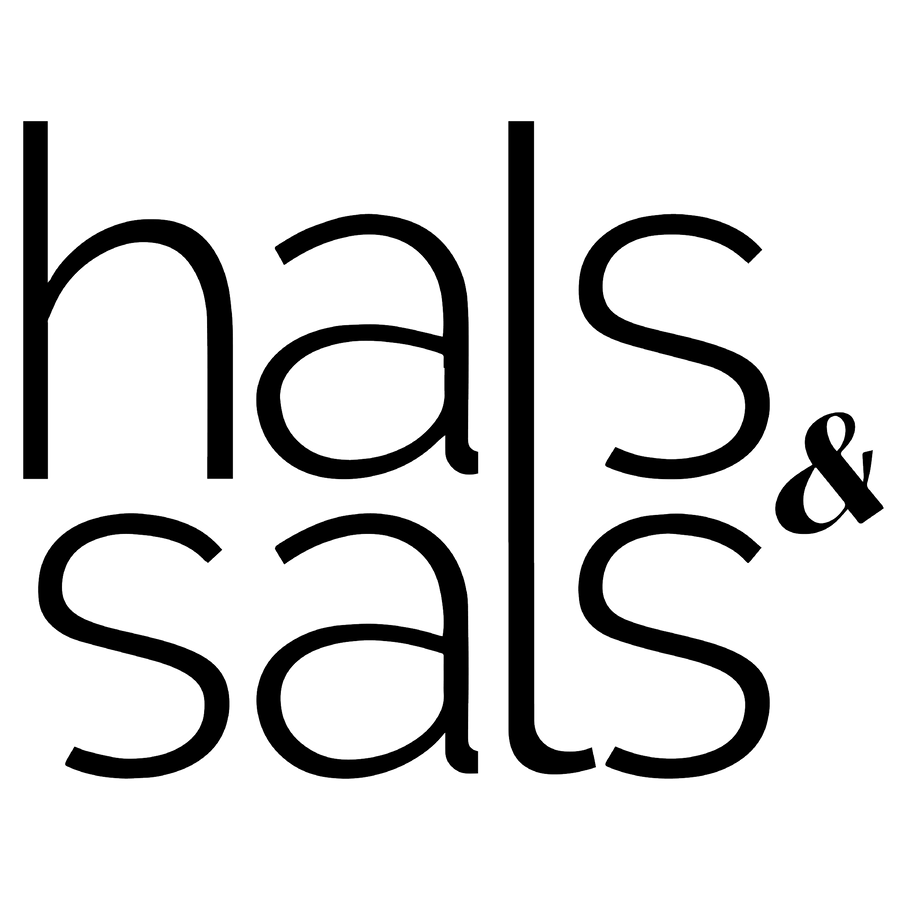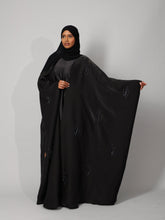When it comes to abayas, fabric quality plays a key role. It affects how the garment flows, how comfortable it feels, and how long it lasts with regular use.
Shopping online makes judging fabric quality more challenging. You cannot touch the material or examine the details up close, which makes decision-making harder.
In this blog, you will learn how to identify high-quality abaya fabrics through product descriptions, images, reviews, and a few expert tricks that go beyond the surface.
Why Fabric Quality Matters in Abayas
Fabric quality affects how an abaya looks, feels, and lasts. It determines the drape, breathability, and comfort during wear. Durable fabrics hold up better after washes and retain color. Choosing the right fabric also helps match the abaya to its purpose, whether for daily use or formal occasions.
Common Fabric Types Used in Abayas
Understanding fabric types helps you identify quality without touching the material. Here are the most common ones used in abayas:
-
Nidha: Soft, flowy, and luxurious. Preferred for premium abayas, especially those made in the UAE.
-
Silk & Satin: Smooth with a glossy finish. Ideal for formal or evening wear.
-
Linen & Cotton: Breathable and structured. Perfect for casual or hot-weather wear.
-
Chiffon & Georgette: Lightweight and semi-sheer. Often used for layering or flared cuts.
-
Jersey & Crepe: Stretchy, matte, and comfortable. Common in everyday or modest athleisure styles.
Comparison
|
Fabric Type |
Pros |
Cons |
|
Nidha |
Soft, elegant, breathable |
Can be expensive |
|
Silk & Satin |
Luxurious, smooth, shiny |
Prone to wrinkles and stains |
|
Linen & Cotton |
Breathable, durable |
Can wrinkle easily |
|
Chiffon & Georgette |
Light, layered, stylish |
May require lining |
|
Jersey & Crepe |
Stretchy, matte finish, casual |
Less structured, sometimes clingy |
How to Evaluate Fabric Quality Without Touching It
A. Zoom In on Product Images
Look for close-ups that show fabric texture. Notice how the material drapes or wrinkles on the model. Well-finished fabrics will look smooth and flow naturally.
B. Read Fabric Composition in Product Description
Check for fabric breakdowns like 100% Nidha or 80% Cotton and 20% Polyester. Natural blends offer better breathability. Avoid items with vague or fully synthetic descriptions.
C. Check for Fabric Weight and GSM
Look for mentions of GSM (grams per square meter). Medium GSM fabrics (120 to 180) are best for abayas. They offer a balance between opacity and flow.
D. Look for Opacity/Transparency Indicators
Terms like “lined,” “double-layered,” or “non-see-through” are good signs. Product photos showing inner linings or underlayers can also indicate better coverage.
E. Stretch and Recovery
If the fabric is described as 4-way stretch, it will likely retain its shape better. Images where the abaya hugs the body cleanly without bunching also help confirm fabric quality.
F. User Reviews and Real-life Photos
Check for words like “soft,” “rich,” “breathable,” or “not sheer” in reviews. Real customer images or influencer content often reveal more about texture and color accuracy.
Understanding Stitching and Construction as a Sign of Quality
Fabric is just one part of the equation. Well-stitched seams, clean hems, and fully lined interiors are signs of careful tailoring. Embellishments should be sewn, not glued. Check if buttons, zippers, or snap fasteners are neatly finished and securely attached.
Transparency and Return Policies of the Online Store
Reliable stores usually provide high-resolution fabric swatches, videos, and a clear care guide. Return policies are another trust signal. If a store allows returns or exchanges based on fabric issues, it shows confidence in product quality.
Expert Tip: How to Request Extra Info from the Seller
If key details are missing, don’t hesitate to ask the seller directly. Use polite, specific questions like:
-
What is the GSM or weight of this fabric?
-
Is the fabric lined or see-through?
-
Can you confirm the blend or care instructions?
For Instagram or boutique sellers, keep your message short and friendly. Sellers often appreciate clear questions and are willing to provide extra images or videos.
Final Checklist: Quick Fabric Quality Spotting Guide for Abayas
|
Factor |
What to Look For |
Red Flags |
|
Fabric Type |
Nidha, Silk, Cotton |
Unnamed synthetic blends |
|
Opacity |
Lined, double-layered |
Very sheer with no lining |
|
Weight |
Medium GSM (120 to 180) |
No GSM info or overly thin fabric |
|
Fit & Fall |
Clean seams, natural drape |
Bulky, stiff, or clingy fit |
|
Reviews |
Material-specific details |
No mention of fabric or texture |
Conclusion
Spotting high-quality abaya fabric online is possible with the right approach. Pay attention to fabric type, images, weight, and transparency details.
Use the checklist above before purchasing. It will help you make informed choices and avoid disappointment.
Explore our latest collection at halsandsals.com to find abayas made from premium, breathable fabrics designed for comfort, elegance, and everyday wear.












